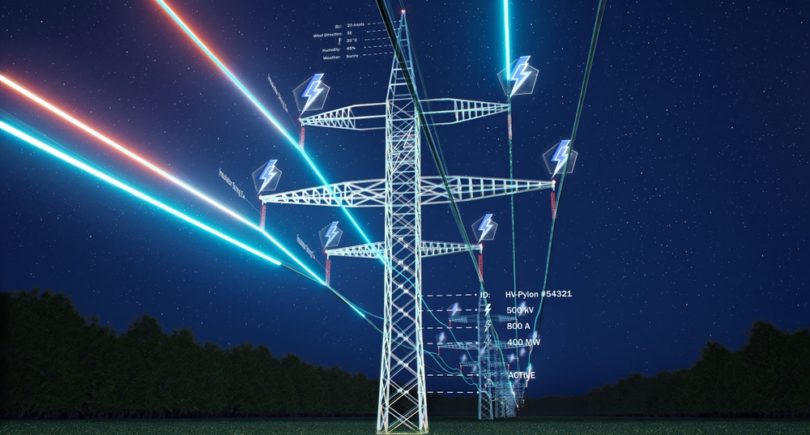
News Green steel greenhouse gas emissions 1697 13 July 2021
That requires heavy investments in decarbonization efforts
The European Business Association (EBA) estimates Ukraine’s potential for reducing greenhouse gas emissions at 40–45% by 2030, according to a post on the website of the Association.
According to the EBA, Ukraine is now preparing the draft Second Nationally Determined Contribution under the Paris Agreement (NDC-2). Earlier, the Ministry of Environmental Protection and Natural Resources of Ukraine proposed setting a 35% target for reducing greenhouse gas emissions by 2030, i.e. a 65% decrease from the 1990 level.
The EBA experts propose inclusion of the following three components in the draft NDC-2:
- Set a 40–45% emission reduction corridor, provided the country manages to attract at least $15–20 billion in investments in decarbonization and ecological modernization projects;
- Estimate the investments in specific sectors of the economy, including industry, required for decarbonization purposes;
- Launch the expected mechanisms of state support for decarbonization.
The draft NDC-2 suggests that the amount of capital investment required for the implementation of NDC-2 will reach €102 billion by 2030, the EBA reported. According to the Association, these estimations are based on the statistics of capital investments in Ukraine in the period 2010 to 2019.
At the same time, according to the State Statistics Service of Ukraine, about ₴24.8 were spent on measures to prevent climate change and protect the air during that period.
“Therefore, we think it necessary to provide specific estimations of investments required for the implementation of decarbonization measures in each sector, energy and industry in particular,” reads the EBA’s post.
Also, the Association underlines that implementation of NDC-2 requires the mobilization of a significant amount of climate funding, both public and private.
The current version of the draft NDC-2 only mentions the need to attract international funding.
“Private capital alone will not be enough. The stimulating policy of the government will play an important role. The government has, among other things, to unblock the mechanisms of state support by adopting the criteria for the implementation of environmental protection measures. It is important to incorporate the road map of the mechanisms of decarbonization-related state support to business in the NDC-2,” summarizes the Association.
As reported earlier, Ukraine will press for an individual approach in the EU when creating a roadmap for the implementation of the European Green Deal. The country is going to seek funding together with the European Union to contribute to the implementation of the climate agreement.
Meanwhile, the European Parliament passed a law providing for a 55% reduction in the greenhouse gas emissions in the EU by 2030 and reaching carbon neutrality by 2050.




